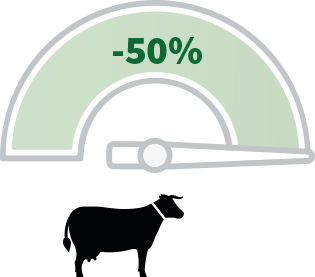Bacterial resistance threat
The loss of efficacy of most commons antibiotics and the increasing number of multidrug-resistant bacterial strains is one of the major public health issues of the XXIst century.This phenomenon is linked to bacterial adaptation when constantly exposed to low antibiotics amounts. The general contamination of our environment and food by antibiotics from agricultural origin has promoted this phenomenon.
It emerges from the ability of living organisms’ to adapt to unfavourable environments: genetic pool of bacteria evolves in such way as selecting firstly emergence, then dominance, of variants that have acquired genetic resistance to antibiotics.


The health of our children at stake
Bacterial infections that used to be curable using narrow-spectrum antibiotics of first generation require now the use of broad-spectrum antibiotics of latest generation.
It is necessary to limit their use to preserve their efficacy for future generations.
Excessive use of antibiotics
Surveillance systems set in several countries have highlighted the excessive use of antibiotics in human therapy and in farming.
Thereby in France, the national action plan “Ecoantibio” mobilizes every animal production sector’s actors to reduce this use of 50% by 2020.
Another consequence: the use of cholistine, essential antibiotic in human therapy, is now banned of oral application in farming since September 2016.

Copyright Manghebati - Legal notices - Website creation by blue2i